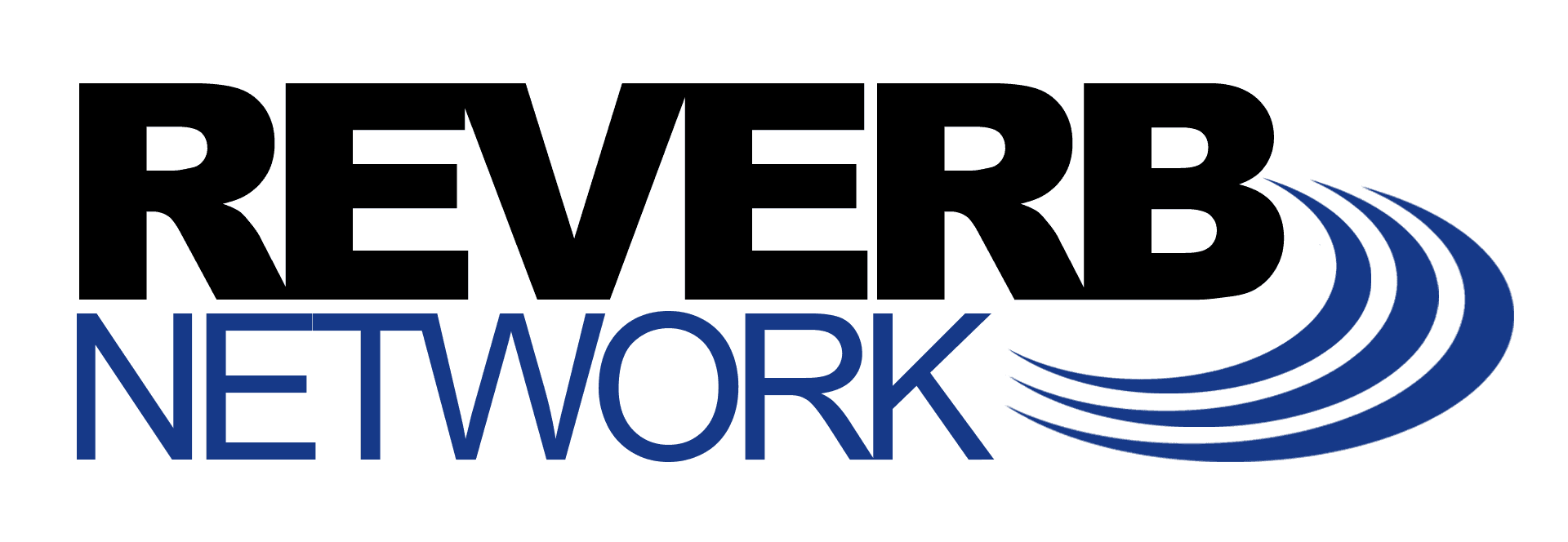Phase 4: Achieving Organizational Effectiveness
Phase 4 focuses on organizational leaders effectively serving their people to bring about unity around a common purpose resulting in successful movements. Serving leadership movements are begun by those who dream with others about accomplishing something bigger than themselves. They are not content with the status quo and therefore act on their shared hope for the future. Serving leaders let go of their egos and sacrificially commit to launching a compelling vision. A passion for power and position is replaced with a spirit of service, humility, flexibility, and cooperation.
Sometimes the best way to understand a positive model is by looking at a case study of failure. Rehoboam, son and successor to King Solomon, led poorly in his father’s shadow due to listening to his peers rather than the advice of his elders (2 Chronicles 10:1-19). He chose to show the people “who was boss,” using his power and authority as a weapon to punish them. Rehoboam tore the kingdom in two and ultimately lost his ability to lead because of misuse of power which destroyed trust.
Our key leadership text at the Reverb Network on which we base our core concepts is Matthew 20:25-28. Here Jesus introduced his serving leadership paradigm to the disciples, dismissing the
lording
model that seeks to be served rather than serve. As an organizational serving leader, Jesus multiplied his influence by serving his disciples, setting them up for success (see John 14:12). He developed others to begin movements. Christianity— now the largest entity in the world
—is evidence of his model’s success.
Key questions for discussion:
- How do senior leaders/organizations lord it over followers?
- How do good listening skills of senior leaders build trust?
- How should leaders determine their advisors? (see Proverbs 11:14 & 15:22)
[Next week we will discuss positional versus relational influence.]














